13-16 years

13-16 years

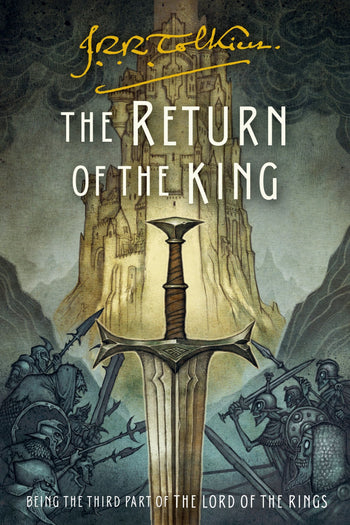
Part 3 of the The Lord of the Rings" trilogy:
As the Shadow of Mordor grows across the land, the Companions of the Ring have become involved in separate adventures. Aragorn, revealed as the hidden heir of the ancient Kings of the West, has joined with the Riders of Rohan against the forces of Isengard and takes part in the desperate victory of the Hornburg.
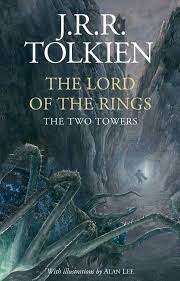
Part 2 of the The Lord of the Rings" trilogy:
Frodo and his Companions of the Ring have been beset by danger during their quest to prevent the Ruling Ring from falling into the hands of the Dark Lord by destroying it in the Cracks of Doom. They have lost the wizard, Gandalf, in a battle in the Mines of Moria. And Boromir, seduced by the power of the Ring, tried to seize it by force. While Frodo and Sam made their escape, the rest of the company was attacked by Orcs. Now they continue the journey alone down the great River Anduin—alone, that is, save for the mysterious creeping figure that follows wherever they go.
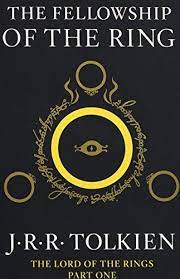
In ancient times the Rings of Power were crafted by the Elven-smiths, and Sauron, the Dark Lord, forged the One Ring, filling it with his own power so that he could rule all others. But the One Ring was taken from him, and though he sought it throughout Middle-earth, it remained lost to him. After many ages it fell into the hands of Bilbo Baggins, as told in The Hobbit. In a sleepy village in the Shire, young Frodo Baggins finds himself faced with an immense task, as his elderly cousin Bilbo entrusts the Ring to his care. Frodo must leave his home and make a perilous journey across Middle-earth to the Cracks of Doom, there to destroy the Ring and foil the Dark Lord in his evil purpose.
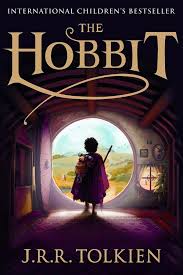
"In a hole in the ground, there lived a hobbit." So begins one of the most beloved and delightful tales in the English language.
Set in the imaginary world of Middle-earth, at once a classic myth and a modern fairy tale, J.R.R. Tolkien's The Hobbit is one of literature's most enduring and well-loved novels. This edition of The Hobbit has been specially formatted for young readers and features cover art by Caldecott Honor-winning illustrator Peter Sís.
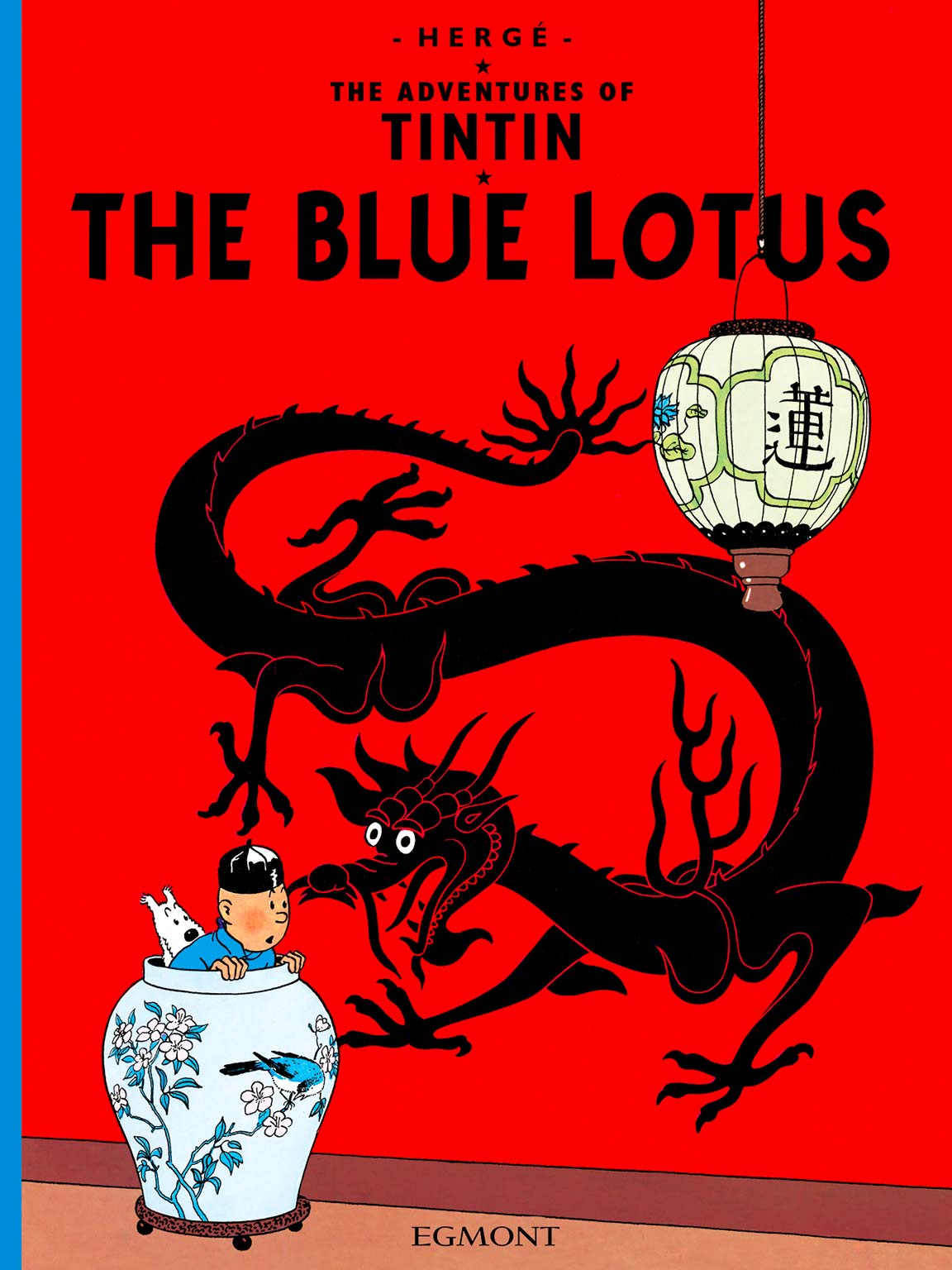
The tale unfolds in China, a place as yet unknown and mysterious to Tintin. It looks like our hero may have bitten off more than he can chew as he takes on the task of wiping out the international opium trade, which has a vice-like grip on this beautiful country. With the assistance of the secret society Sons of the Dragon, and his friend Chang (whom he encounters later on in the story), Tintin succeeds in overcoming myriad obstacles to finally triumph over his adversaries and disband their network of corruption.

In The Seven Crystal Balls (1948), Seven scientists mysteriously fall into a profound state of lethargy. As Calculus has disappeared,Tintin and Captain Haddock set off in search of the Professor. Created in 1929 by Georges Remi - who was already signing his drawings under the pseudonym of Hergé - Tintin will be subjected to twenty three adventures whose success - among those between 7 and 77 - has yet to wither.
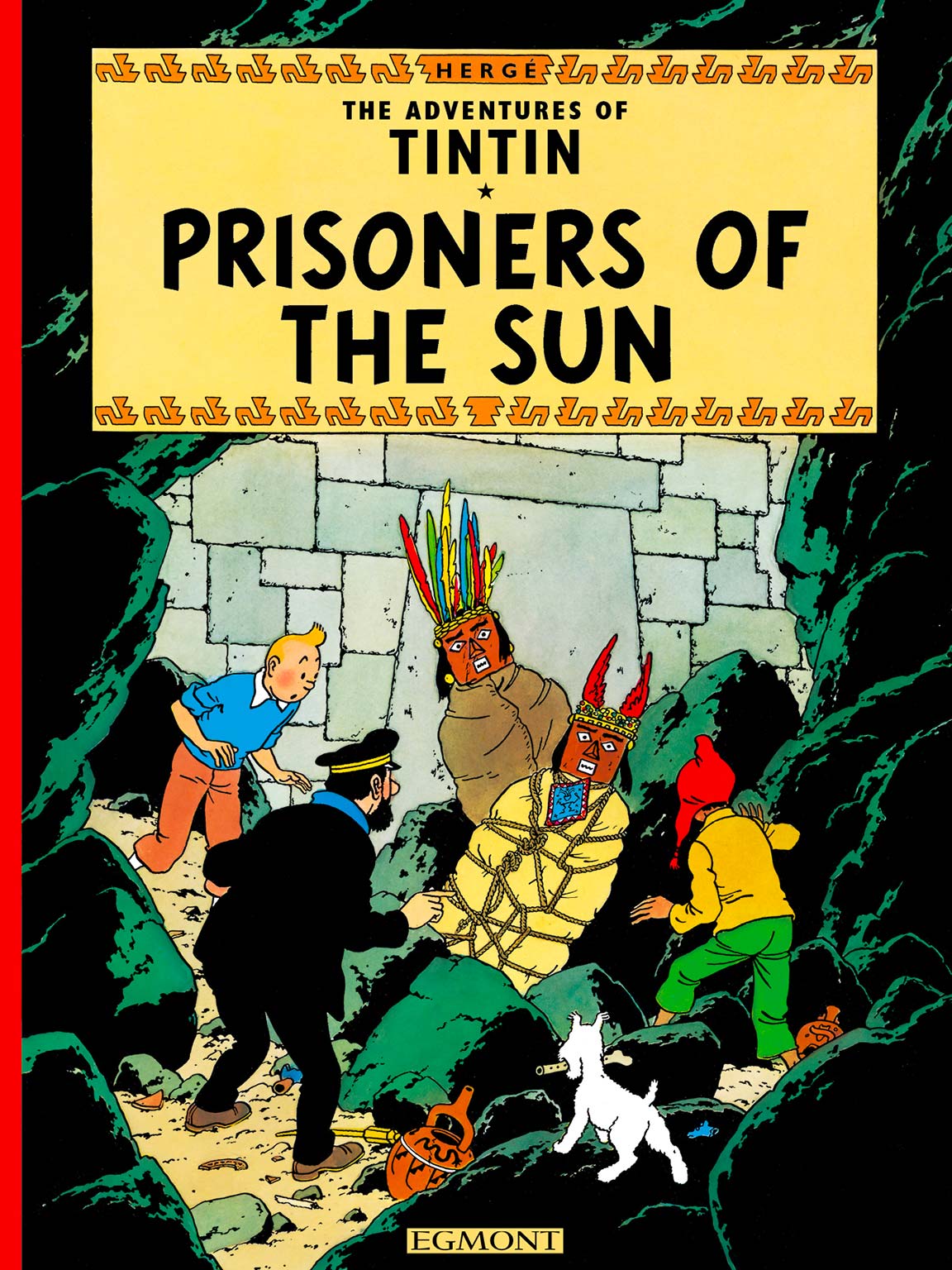
This adventure was the first story published in TINTIN magazine when it was launched on 26th September 1946, and heralded the opportunity for the continuation of an adventure which had been interrupted two years earlier. Tintin, Snowy and Captain Haddock fly to Peru in search of Professor Calculus, who has involuntarily committed sacrilege, and has been condemned to suffer the ultimate punishment.
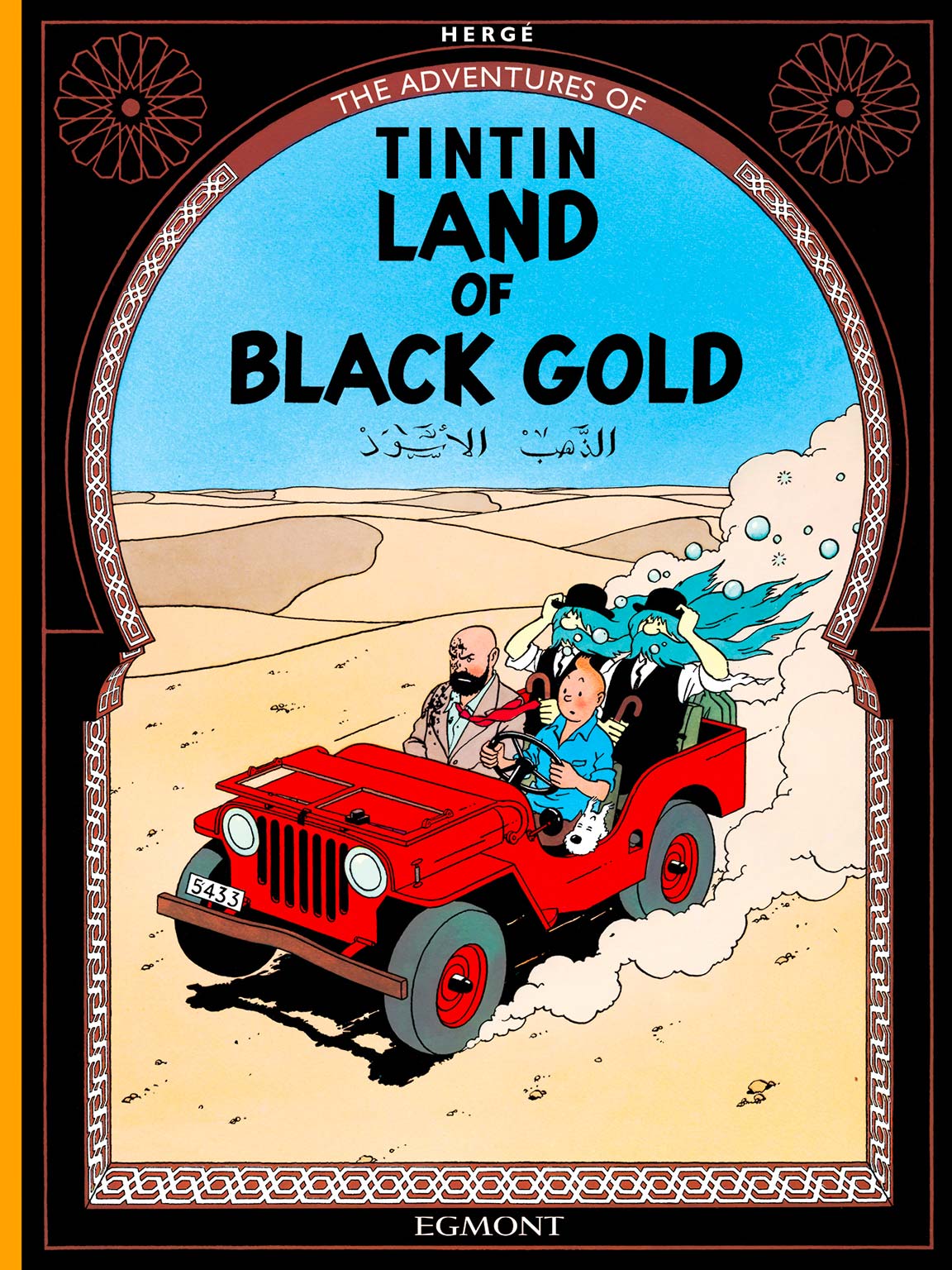
On 9 May 1940, the invasion of Belgium during World War II brutally interrupted the publication of Land of Black Gold. Tintin's universe was still young: Captain Haddock, Professor Calculus and Marlinspike Hall did not yet exist. Eight years later the adventure was re-started in Tintin magazine; with a couple of nifty tweaks, Hergé integrated into the story the new characters who had come along in the meantime. In 1950 the adventure was published as a book, and as the years went by and the world changed, a slightly updated version was released in 1971.
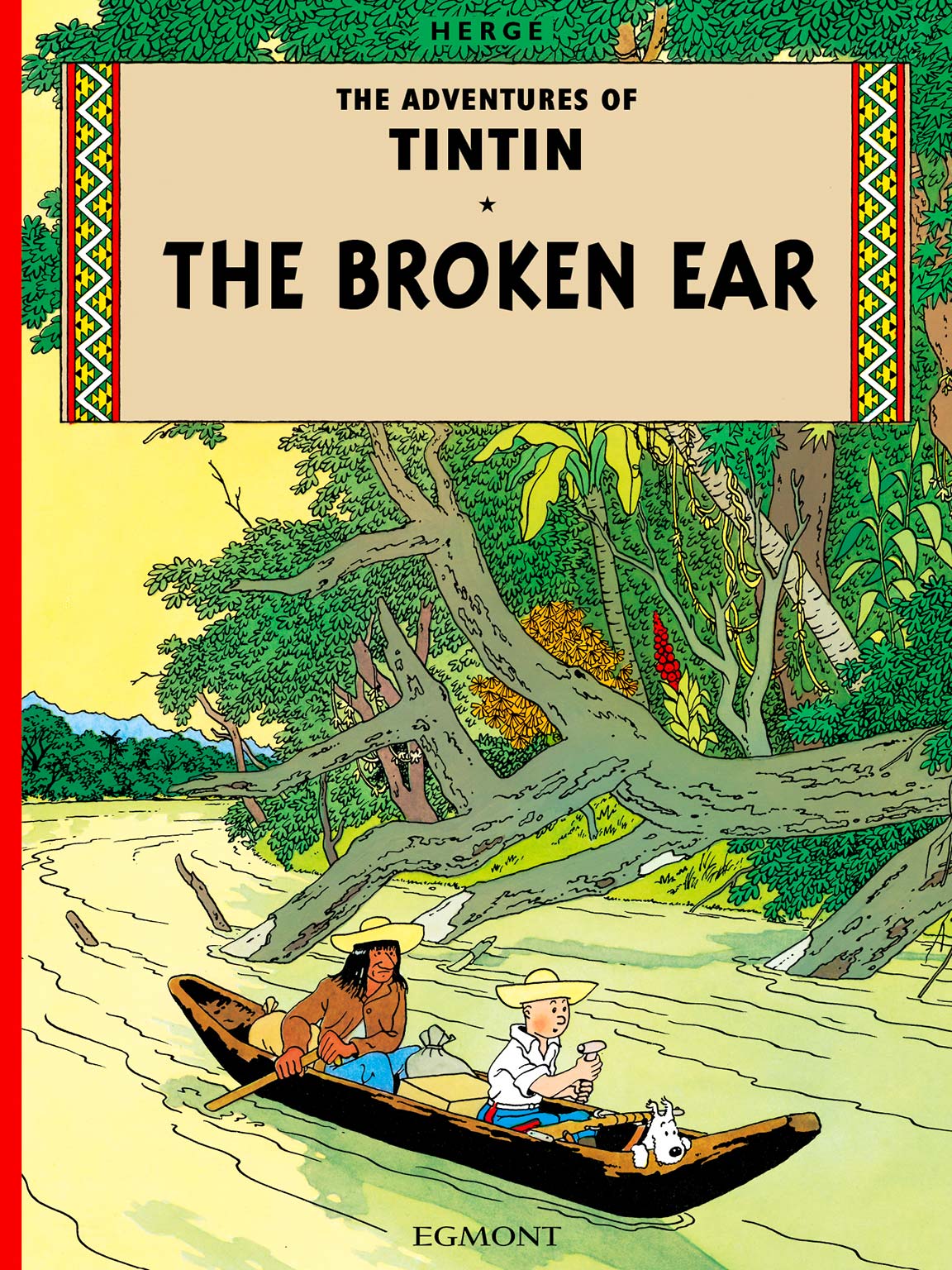
The Broken Ear (1937) is the story of a thrilling pursuit. Tintin sets off to South America to retrieve a stolen fetish. There, all sorts of interests are in conflict: military, economic and the war of the Gran Chaco which had been opposing Bolivia and Paraguay for the past three years. A small Arumbaya statue has been stolen in a museum, then returned. One little detail though will tell Tintin that instead of the original, a mere replica was returned. There must be a secret hiding behind this small statue since its robbery was carefully concealed. This is in South America that Tintin will find the key to this enigma.
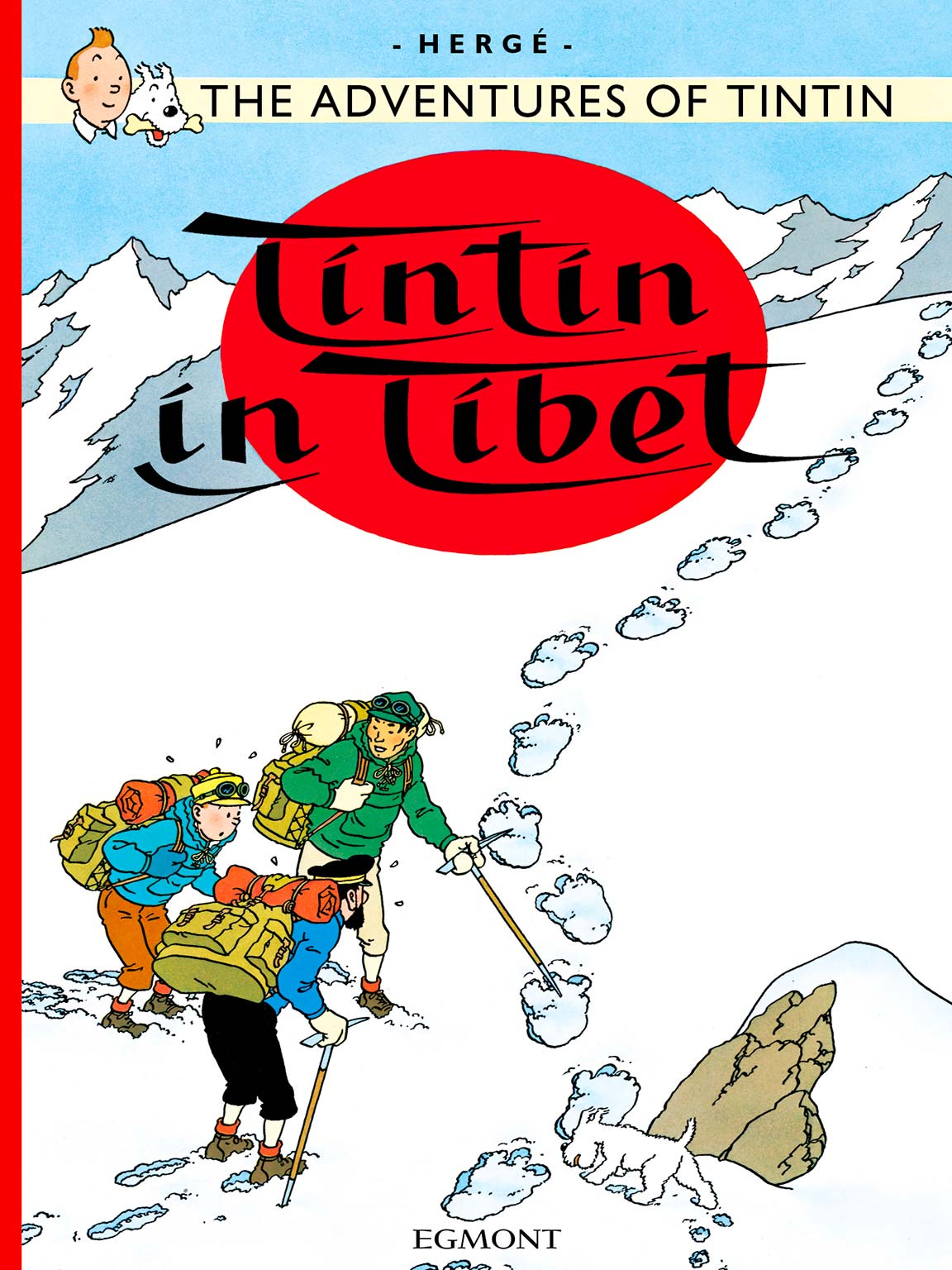
A passenger plane travelling to Europe, crashes into the Himalayas. It turns out that Tintin's young Chinese friend Chang was on board the aircraft. Tintin in Tibet (1960) is a story of pure friendship, without any of the usual villains: a tale of Tintin's desperate search to find his friend. The unusual narrative, which is much more introverted than those of other books in the Tintin series, tells the story that faith and hope are able to conquer all obstacles, and that pre-conceived judgements of others – in this case in regard to the yeti – are the fruit of ignorance.